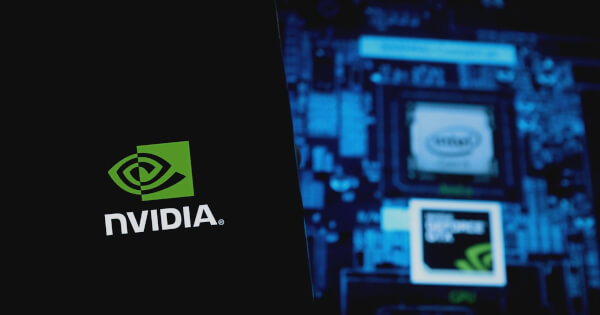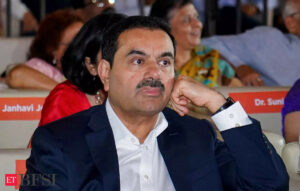In a groundbreaking advancement, scientists have successfully enabled a stroke survivor to communicate in both Spanish and English using a neuroprosthesis implant. This development, detailed in a study from the lab of Dr. Edward Chang at the University of California, San Francisco, represents a significant leap in medical technology, as reported by the NVIDIA Technical Blog.
Research Highlights
The research, published in Nature Biomedical Engineering, builds on Dr. Chang’s earlier work from 2021, which demonstrated the ability to translate brain activity into words for individuals with severe paralysis. The latest study focuses on a patient named Pancho, who has been unable to speak since his stroke. By employing a bilingual AI model, the neuroprosthesis decodes Pancho’s brain activity and translates it into words in both Spanish and English, which are then displayed on a computer screen.
Technological Implementation
To achieve this, researchers trained a large neural network model on Pancho’s brain activity using the NVIDIA cuDNN-accelerated PyTorch framework and NVIDIA V100 GPUs. The neuroprosthesis, which is implanted on the surface of Pancho’s brain, differentiates between brain activity intended for Spanish or English communication. This differentiation is crucial for accurately translating his thoughts into the desired language.
During the study, Pancho read and attempted to articulate words in both languages. Scientists then recorded his brain activity and trained the AI model to translate these activities into the corresponding words. Remarkably, the AI model achieved a 75% accuracy rate in decoding Pancho’s sentences.
Implications and Future Prospects
This research holds promise for significantly improving communication methods for individuals who cannot speak or rely on alternative communication devices. The longevity of Pancho’s neuroprosthesis, implanted four years ago, underscores the technology’s potential long-term impact.
One of the study’s key findings is its implications for understanding how the brain manages language communication. Contrary to earlier neuroscience studies suggesting that different languages are processed in separate brain regions, this research indicates that speech production in different languages may originate from the same brain area. This insight could pave the way for more advanced neuroprosthetic devices capable of assisting bilingual individuals.
Furthermore, the study highlights the adaptability of generative AI models, which can learn and improve over time, playing a critical role in translating brain activity into spoken words. Alexander Silva, the lead author of the study, expressed optimism about the technology’s future, noting the profound impact it could have on patients like Pancho.
For those interested in delving deeper into the study, the full research paper is available in Nature Biomedical Engineering. Additional information about Dr. Chang’s previous research on transforming brain waves into words can be found on the NVIDIA Technical Blog.
Image source: Shutterstock









